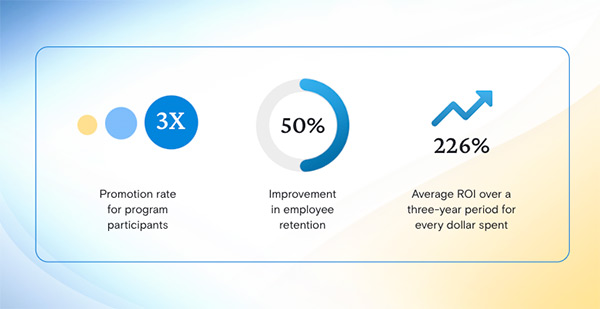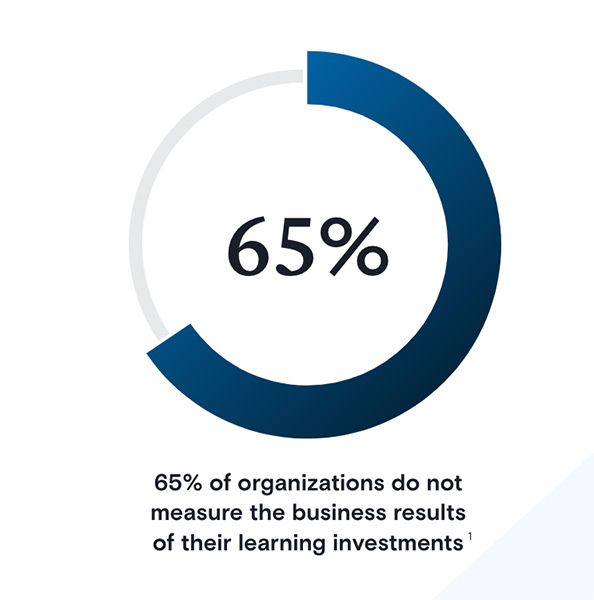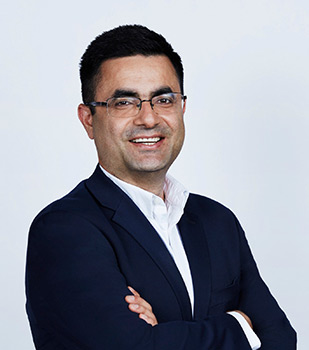Challenge: Market conditions make it tough to hire and retain qualified staff Solution: Introduce strategically aligned workforce education.
By Vivek Sharma and Jeannine Kunz
There are currently hundreds of thousands of unfilled manufacturing jobs in the U.S. The 2021 Deloitte and The Manufacturing Institute Manufacturing Talent study predicts this number will grow to 2.1 million by 2030. And manufacturing executives surveyed believe that finding the right talent is now 36% harder than it was in 2018.
The labor squeeze is a result of a multitude of factors. The COVID-19 crisis has of course been a major factor in the disruption of stable labor pools. The pandemic, however, has only exacerbated trends that have begun in the manufacturing sector well before the present—trends that will remain a challenge for employers for years to come.
For one, the ongoing retirement of baby boomers is a nagging contributor to the depletion of skilled workers. This population, to the misfortune of manufacturers, represents a significant portion of skilled talent. And even among those from this segment that will remain in the workforce for several years, 100 percent will surely be caught in the whirlwind of digital transformation.
As technological advancements across industries outpace employers’ efforts to adapt their workforces, the skills gap in the manufacturing sector will only widen. In the manufacturing industry, Industry 4.0 requirements, for example, are causing a shortfall in the skills necessary (automation, data analytics, mechatronics, and even cybersecurity) in making goods today. And skills required will only continue to evolve at a faster pace than historically experienced.
To make matters worse for manufacturers, tech-savvy Generation Y and Z, the population that should be replacing the aforementioned retiring boomers, do not see manufacturing as an obvious career choice in the same way as their predecessors. Young people have far less exposure to the industry than generations past and thus either have little to no impression of the industry and associated careers or a dated, unfavorable impression. Even fewer have had an opportunity to directly engage with the industry or those in it to learn about all it has to offer. These facts all make younger people an especially difficult segment to recruit.
On top of these challenges for manufacturers, with such a shortage of qualified workers, competition for top talent becomes fierce. That means manufacturers must spend more time and resources locating and recruiting crucial talent.

Faced with a dwindling pool of qualified workers and a widening skills gap, innovative manufacturing employers like Magna, a Canada-based parts manufacturer for automakers, are leveraging a strategic enterprise education program that not only enables them to upskill their current workers, but also allows them to compete to recruit top workers where there are fewer. These employers also understand that good talent gravitates toward opportunities to grow. And, importantly, that this desire for growth is especially salient for the deepest emerging talent pool—Gen Y and Z.
Historically, employers have offered tuition assistance programs to empower their employees to pursue education, but research has proven these legacy models to be insufficient solutions for both employee and employer goals. The financial barriers inherent in tuition reimbursement programs paradoxically exclude many of the very employees the programs are intended to help. As a result, these programs are plagued with low participation rates. Additionally, traditional tuition reimbursement programs are limited in their overall effectiveness because they are not designed intentionally around most manufacturers’ long-term business objectives.
Conversely, strategic enterprise education programs are built to address these design flaws.
A few components are critical to the success of a strategic enterprise education program as a true investment in employees and the future of the business:
1) The program’s design should be tailored to address key business objectives. Employers should be able to not only track employees’ progress toward certification/degree/course completion and advancement into new roles, but key performance indicators that demonstrate enhanced knowledge and skills impacting productivity, quality, or other key performance indicators (KPI)s. Simply put, the program should drive social AND business impact.
2) The most successful workforce education programs we have seen are championed by the company’s executives, ideally the CEO. They should embrace education like any other cornerstone initiative in the company. Delegating leadership on these programs to anyone else risks dooming them.

3) The program must focus on quality education and training partners with expertly-designed and industry-led education and training delivered to meet today’s learners, strong graduation rates, and support for working adult learners. Access to top-tier academic and training partners signals to employees that the education and training program is a legitimate investment in their futures rather than a “checkbox” item in an employee benefits package.
4) Employers should directly pay for the training and education so that workers are not burdened with paying for courses upfront and waiting months or years for tuition reimbursement.
At InStride, a provider of strategic enterprise education, and Tooling U-SME, a provider of workforce training programs for manufacturers, we have learned via work with thousands of manufacturers around the United States that the quality of training and education programs are essential to their ultimate success. In fact, we’ve seen that when companies follow the best practices described above, program participation increases (5X vs. traditional tuition reimbursement programs). We’ve also found that employees who participate are much more likely to stay and be promoted at the company (up to 92% retention rate vs. 62% in traditional programs).
Well-crafted programs help employees advance in their careers and keep up with the pace of technology. For some employees that may mean learning new skills. For others, it means earning a degree. And even after attaining a degree, the need for targeted professional development never vanishes.
That is why we have partnered to help manufacturers create a unique strategic workforce education and training program where lifelong learning is encouraged and fully supported. It is the full spectrum of education, skills training, and professional development—even after degree attainment—that empowers employees and employers to continue to grow as the world changes.
We’ve seen some employers have great success creating their own in-house onboarding and development programs. Those that have been successful understand the value and importance of people to business outcomes and have been willing to dedicate considerable time and energy to creating a program that follows best practice. Other employers have chosen to partner externally for help developing their programs. The right choice varies by organization.
Manufacturers will have to dedicate resources to fill the skills gap—whether it be by ramping up their recruitment efforts or with a more holistic strategy. A strategic enterprise education and training program allows employers to strengthen their workforce now by attracting, developing, and retaining top talent. It also allows them to prepare for the future by upskilling their existing workforce. It is a short-term and long-term solution to a problem that is likely to be a persistent and recurring one. We believe that our nation’s industrial competitiveness is contingent on access to talent with the knowledge and skills capable of moving manufacturing forward. InStride and SME are committed to supporting the industry’s needs.

Vivek Sharma is CEO of InStride, a leading provider of strategic workforce education, and author of the book C-Spark: CEO-led Workforce Education for the Age of And.

Jeannine Kunz is Chief Workforce Development Officer of SME, a nonprofit association focused on developing the current and future manufacturing workforce while promoting advanced technologies driving industrial competitiveness.
Scott Ellyson, CEO of East West Manufacturing, brings decades of global manufacturing and supply chain leadership to the conversation. In this episode, he shares practical insights on scaling operations, navigating complexity, and building resilient manufacturing networks in an increasingly connected world.